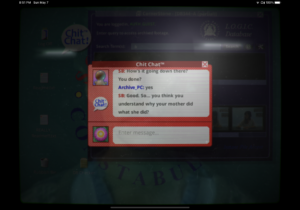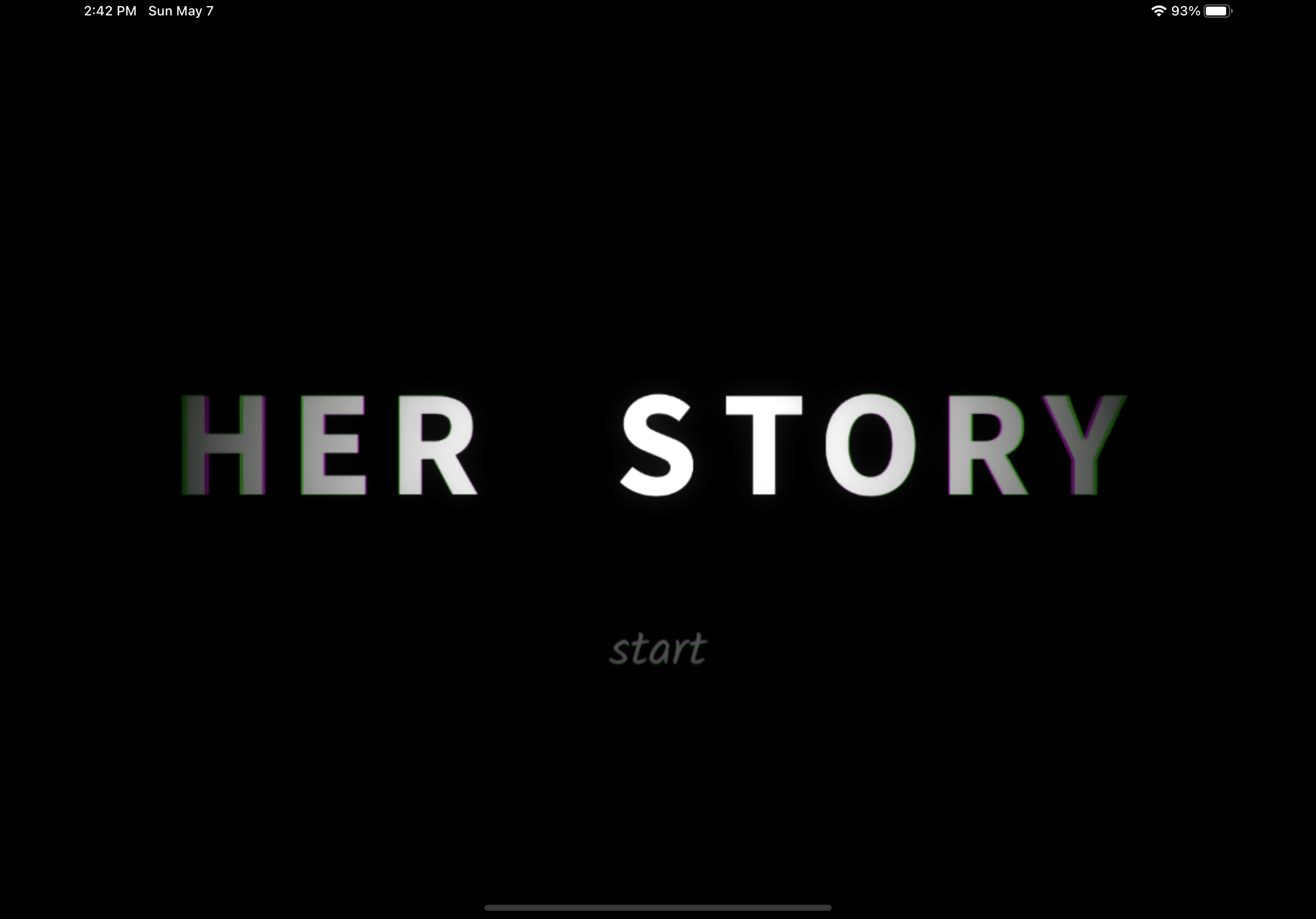Game, Creator, Platform, Target Audience
This week, I played Her Story on iOS, created by Sam Barlow. Its intended audience is adults, due to some mature content/topics discussed, and specifically, adults who enjoy solving mysteries and storytelling over competition.
Important Formal Elements, Similar Games
Her Story is a single-player game, with an objective of learning about the story/mystery of “her.” The main actions are searching terms and watching short video clips, although there are additional features like saving/tagging videos, checking progress, and playing a minigame. It is similar to games such as Gone Home, Virginia, and Life is Strange, as all are single-player mystery games. Her Story is unique for its realism and mechanics with an actress telling the story through videos, rather than the player exploring an animated space.
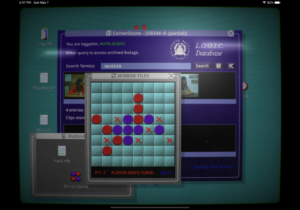
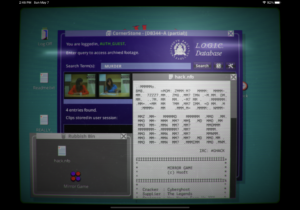
Types of Fun/Success
It intends to have fun through narrative and challenge, with some sensation. It succeeds because of its mechanics of piecing together information from videos and thinking of search terms; the mystery incorporates elements of suspense/fear. For example, it was chilling when I came across videos that mentioned “the body”/“blood,” and they came together to reveal the larger narrative.

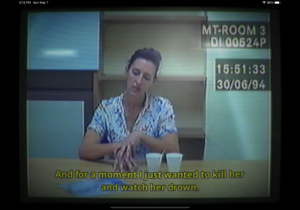
Loops + Arcs → Architecture
The game seems to have a loop as the player first gets used to using the database and develops the skill of searching terms to get more information, but the bulk of the game uses sequences of arcs, as the player goes through arcs of searching the database and getting more pieces of the story/evocative content to solve the mystery. This architecture of arc sequences controls the story by directing what pieces of information the player gets and the order they receive them.
Narrative, Mystery, and Mechanics
A narrative is woven into the mystery as the main mystery is ostensibly the murder of the woman’s husband, and the videos reveal pieces of the woman’s life story that all come together to form the narrative, leading up to the mystery. The mechanics of searching terms and watching short clips support the mystery because the player must think of terms to find new videos that might help them piece together the mystery. Additionally, the short clips add difficulty to solving the mystery because the player only gets small bits of information at a time.


Potential Improvements
I would improve the game by perhaps making the end goal clearer since I sometimes felt aimless in terms of where I was supposed to go. Additionally, it would be helpful to clarify the purpose of other elements such as the “database checker” and “mirror tiles” game, as I was not sure what the database checker was for until I checked it after playing for a while. Adding a concrete end goal/total number (_/85) to the database checker could be an easy way to let players know how far they are/need to go. This resource would affect the dynamics and aesthetics by reducing aimlessness that players feel, as they can just use a “first order optimal strategy” of searching any terms and test that it works; this strengthens the narrative/challenge aesthetic by showing the player how far they are in the story.

